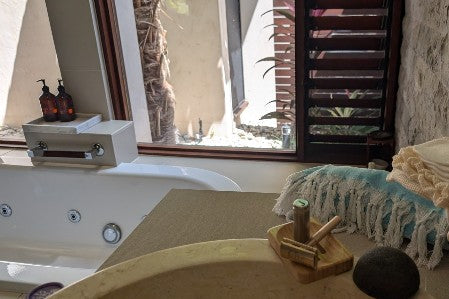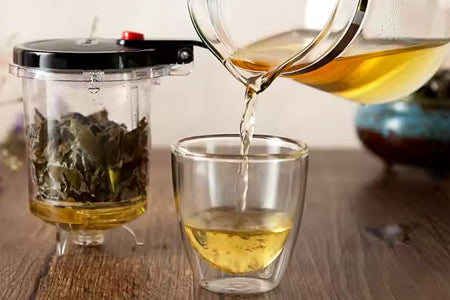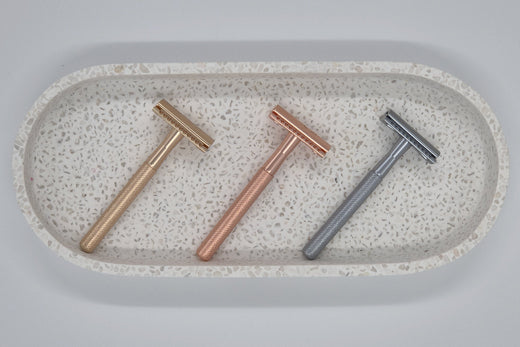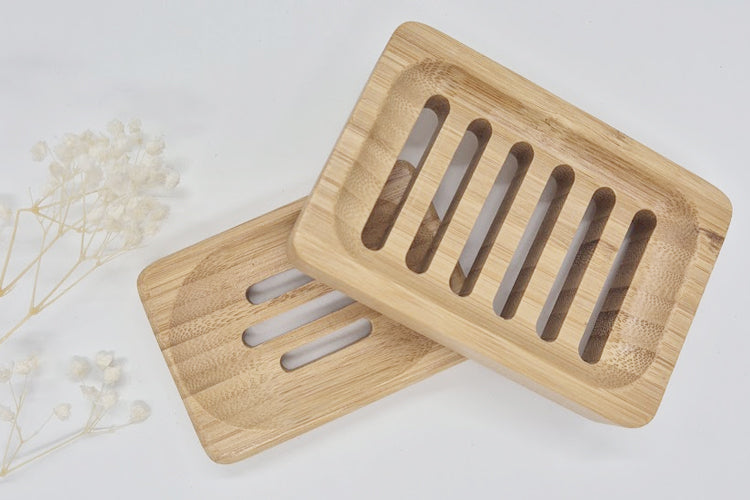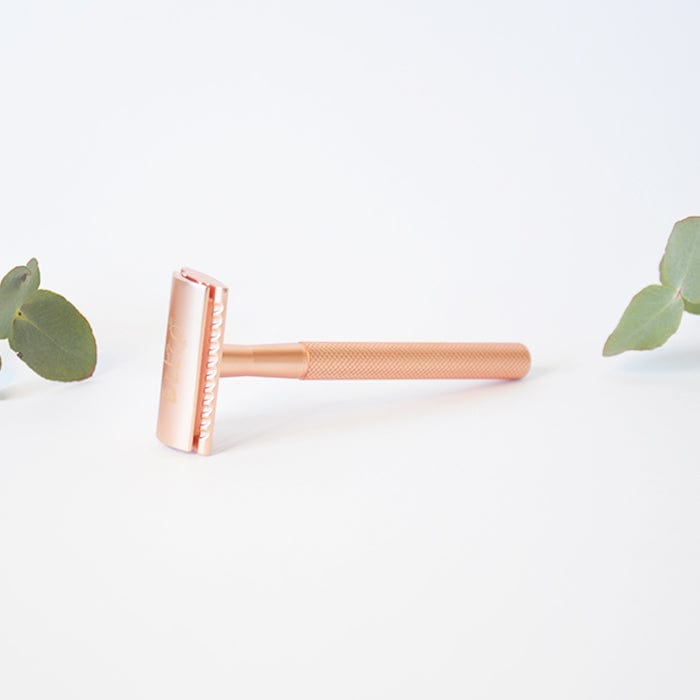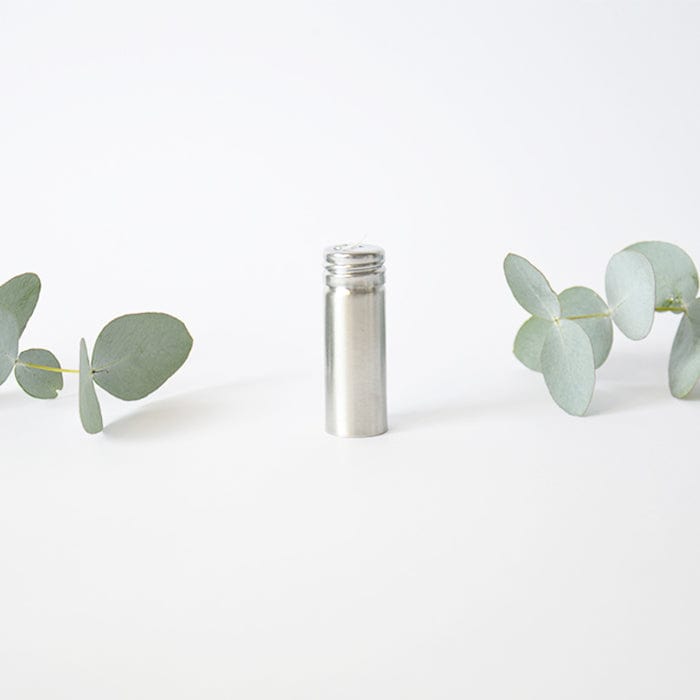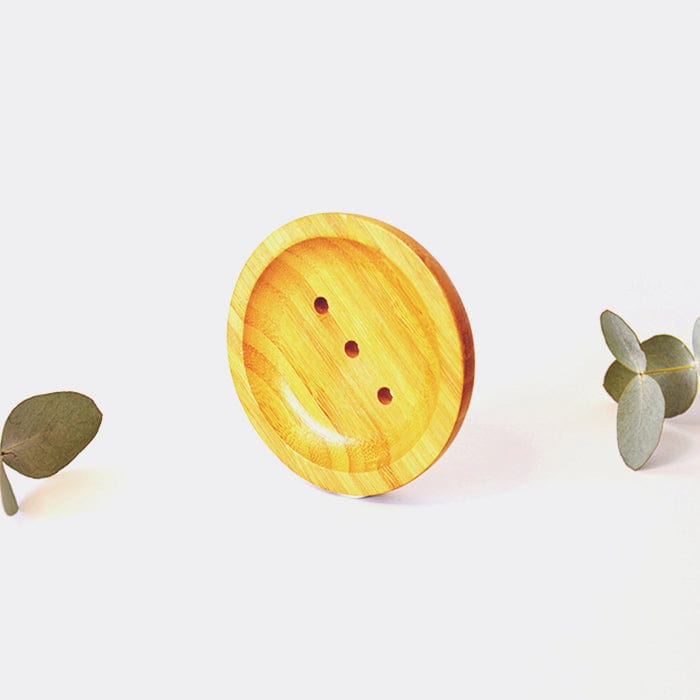Home composting is on the rise as many look to reduce their household waste and become more sustainable at home. With many of us spending more time at home during the covid-19 outbreak, this has given us the opportunity to reflect on our impact on the planet. Many gardeners and eco warriors have taken up composting as a way to make use of food scraps and green waste.
Food waste is a considerable issue which needs addressing, we can all do our bit at home to reduce waste and make use of food scraps and valuable garden waste like grass clippings. The UN estimates that around 1/3 (about 1.3 billion tonnes) of the world’s food is lost or wasted every year. This could feed more than 870 million people who are left hungry. The organic food waste we throw into landfill releases methane gas while decomposing which makes up 8% of the greenhouse gases contributing to our climate crisis.
Composting your food waste and garden clippings is a great way to minimise your carbon footprint. In this blog we will go through the composting basics, advantages, types of composting and review the best compost bins in Australia.
How do kitchen compost bins work?
A compost bin is made up of 3 different materials:
- Brown material - dead leaves, branches and twigs
- Green material - grass clippings, fruit and vegetable scraps and coffee grounds
- Water
These 3 elements, when balanced, work together to break down organic material. The end result is compost which is rich in nutrients and acts as a fertilizer, soil conditioner, and natural pesticide.
Advantages of composting
Composts are a great way of recharging the soil with nutrients. It makes the soil fertile which helps plants grow faster and also helps cut down on landfill.
· Recharges Soil: Composting protects plants against diseases and keeps nutrient deficiencies at bay. Compost improves the soil structure balancing PH levels, and allowing for better moisture filtration and retention.
· Helps local water sources and oceans: By adding compost to the soil, we can increase the amount of water that can seep into the soil. As water moves through the compost and rocks, it gets filtered before it reaches local water bodies and oceans. This eventually translates into cleaner oceans!
· Prevents erosion: Water running through loose soil is one of the prime reasons for topsoil erosion, along with pollution. As compost increases the water retention capacity of the soil, topsoil does not get washed away as easily.
· Reduces pollution and emission of greenhouse gases: Food scraps that are not composted end up in landfill. As they turn rotten, they release methane and carbon dioxide, adding to greenhouse gases and global warming.
· Economic benefits: A wider usage of composts would lead to reduced use of fertilizers and chemicals. When you purchase fruits and vegetables, the price includes all these intermediaries. Eliminating fertilizers would eventually mean that you pay less for what you eat.
DIY Kitchen Compost Bin
Making your own kitchen compost bin is a great steppingstone for a greener household.
Things you need
A compost bin, drill and a paddle drill bit.
Steps
1) Preparing the bin: A DIY compost bin allows you to repurpose an garbage bin. Be sure to thoroughly clean the bin before you start.
2) Drill: Attach the paddle bit to the drill and drill a row of holes, about 3 inches apart, in the bottom of the bin this will allow excess moisture to escape.
3) Add your food scraps: At this point, you can throw in dry leaves, vegetable peelings and other kitchen scraps into your homemade compost bin.
Tips
It is crucial to add the right material in your compost pile. Knowing what should go into the pile will help you create the best nutrients for your indoor and outdoor plants. The tips listed below are primarily focused on indoor composts.
To add
You can add anything from fruits and vegetable peels to paper bags to hair and fur into your compost. It is advised to dice and shred them larger items for faster composting.
- Fruit and vegetable scraps
- Egg shells
- Coffee grounds
- Tea leaves
- Nut shells
- Shredded newspaper, cardboard and paper
- Leaf litter and garden trimmings
- Grass clippings
- Hay, straw, sawdust and wood chips
- Cotton and wool rags
- Hair and fur
- Fireplace ashes
Not to add
- Black walnut tree leaves or twigs - Releases substances that might be harmful to plants
- Coal or charcoal ash - Might contain substances harmful to plants
- Dairy products (e.g., butter, milk, sour cream, yogurt) and eggs - Create odor problems and attract pests such as rodents and flies
- Diseased or insect-ridden plants - Diseases or insects might survive and be transferred back to other plants
- Fats, grease, lard, or oils - Create odor problems and attract pests such as rodents and flies
- Meat or fish bones and scraps - Create odor problems and attract pests such as rodents and flies
- Pet waste (e.g., dog or cat feces, soiled cat litter) - Might contain parasites, bacteria, germs, pathogens, and viruses harmful to humans if you want to compost these make a separate pile and be sure not to use this compost on your edible plants.
- Yard trimmings treated with chemical pesticides - Might kill beneficial composting organisms
- Tea Bags: tea leaves and coffee grounds work miracles in the compost pile however the actual tea bags may contain plastic or other synthetic materials.
- Coated cardboards and paper: Cardboard and paper with a glossy coating should be kept away from your compost mix as they potentially contain plastic or chemical coatings.
How to stop kitchen compost bin from smelling?
Your composts begin may start to smell if you add something your shouldn't have like meat or your food waste is not breaking down properly and becomes rancid. You may need to add more water, green or brown material to get the right balance to create compost. Adding too many greens (nitrogen-rich material) can cause a compost pile to smell. Try to strike a balance and make sure you add some water to any brown material you add, so it breaks down faster.
If you need to add more brown waste to your bin, try some shredded newspaper, brown paper bags, or brown leaf litter. While it is not possible to keep track of the exact ratio of nitrogen and carbon used in a compost, try to keep them at an even ratio.
Another reason for a smelly bin could be a lack of air flow. Most compost bins that work on aerobic composting system have air vents in them and charcoal filters to absorb any odours. However, if your bin does not have air vents, try to mix the compost every 3-4 days to allow the bacteria to breathe.
Best small indoor compost bins reviewed
If you are short on outdoor space, investing in a kitchen compost bin is a good idea to make use of your vegetable scraps. Here is a list of some of the best Australian compost bins for you to check out.

KMART COMPOST BIN
The Kmart compost bin comes in classic grey and is designed for the kitchen countertop. This bin is best used as a caddy to transfer your food scraps to your outdoor compost bin.
Features:
- affordable at $9.00
- lid holes for aeration
- zinc coated wire swing handle
- a charcoal filter to protect against odour
- made from powder coated iron for durability
- dimensions 23.5cm (H) x 17.5cm (W) x 12.5cm (D).

MAZE KITCHEN COMPOST
Maze has a range of compost bins to suit your needs you can buy these directly from Maze online they are also available in with the compost bins at Bunnings. Their indoor bokashi bin range comes in a 7, 12 or 14 litre bin and compost spray. These airtight bins are suited for the kitchen waste, including meats, veggies or dairy. Simple place your scraps in the bin, spray 2 - 3 times, press down with compactor and keep the lid shut at all times, this system works best with as little air as possible.
With a bokashi system it is often recommended to have 2 bins, one to add to 2 while the other bin is sealed for fermentation. Each bin is fitted with a tap to drain excess liquid. When the bucket is full, mark the bin with the date and leave sealed shut for 2 - 3 weeks. You can empty the contents into a small hole in your garden for it to be broken down into soil or add it to your garden compost.

BOKASHI ONE COMPOST BIN
The Bokashi one compost bucket is a airtight fully indoor system which can stay in your kitchen. Each bucket can hold approximately 19 litres and at 41 x 31 x 30 cm it can be stored under your kitchen sink. The airtight lid and bokashi mix ensures quick fermentation, and odour control.
The tap at the base of each bucket allow you to drain liquid from the base of your bin for use on your plants and garden. It is recommended to use 2 bins simultaneously to allow for the best fermentation, particularly if you have a small garden. The buckets are available in black, white or tan. With a bokashi system you will need let as little air in as possible and use a bokashi spray or mix to assist with the fermentation process.
Getting started with composting
Composting is a great way to reduce your food waste at home. While outdoor composting is great for those who have the outdoor space and time, many may not have this luxury. There are a number of indoor systems available which are simple and easy to use. We hope this blog has inspired you to get composting!


